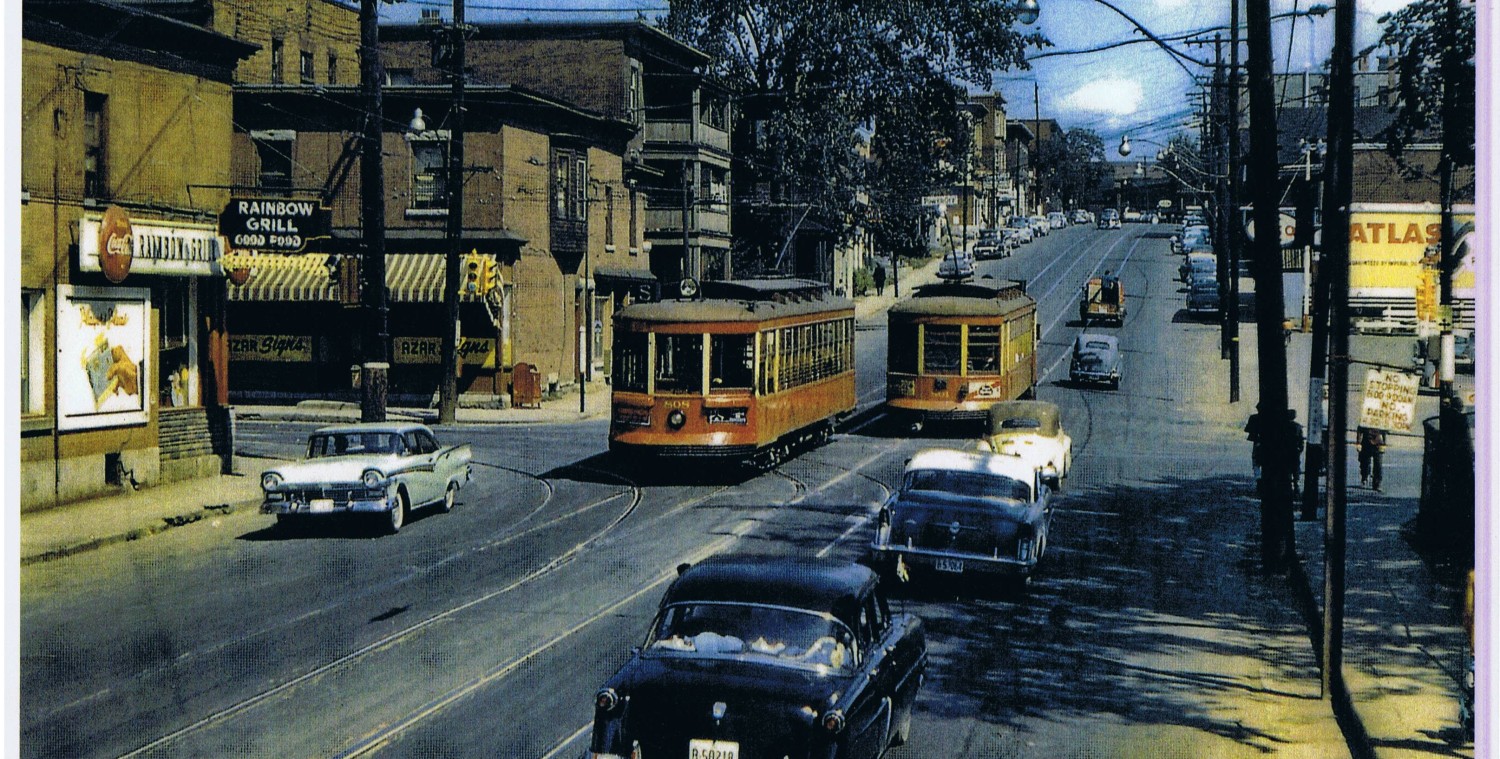For decades urban trees have suffered from cheap planting techniques. Cities all too often opted for the meanest, smallest open square around the tree for water and air penetration, and the hole under the sidewalk was usually not much bigger than the root ball itself. Not surprisingly, the trees were unhealthy, seldom grew, often died. Even where there was plenty of room for a larger opening around the tree, the City insisted the minimum size opening was de facto the maximum size opening (see for example, the older sections of Somerset done in the 80’s).
Deep down, I think city workers rejoiced at this, much preferring concrete for easy maintenance. Live things just require too damn much care.
A few years ago the NCC started using tree trenches. Instead of digging a separate hole for each tree, and backfilling it with topsoil, they excavated a trench of some length which was filled with topsoil, planted with a line of trees, and then the surface was finished. Tree roots had further to roam, more topsoil, and more opportunity for air and moisture.
In Toronto recently, I noticed considerable evidence of tree trenches:
Good practices here include plenty of soil exposed to air and rain; a curb to keep feet off the soil, which keeps it light and arable; and lots of soil underneath for an adequate root zone. Toronto’s new standards are for 30 cubic metres of soil per tree, compared to Ottawa’s standard of _____.
In addition, Toronto now has numeric goals for planting new trees and the amount of tree cover per neighbourhood, compared to Ottawa’s standard of _____.
This long linear bed (above) holds two trees, plus some lillies. The sloped curb is elegant, but I suspect it is less useful than a square one for keeping out feet, tires, and other crap.
Not all tree trenches are protected with curbs. This one (above) is sunk into the walkway, and the tight grate pattern permits light and air penetration while allowing the walkway to use the same space as the tree bed. As shown in the detail below, the very tight grid won’t trap wheels or heels:
If this newer trench technique isn’t impressive enough, compare it to the standard dead-tree well traditionally used, here enhanced by a ground cover of syn-grass:
The planter nearest the viewer in the picture below has no trees, probably it is too narrow. But the planter further on does. There is a thin grove in the pavement on each side of the planter to let rainwater penetrate into the soil under the walkway.
These Toronto examples are not to say Ottawa is a hopeless case. In the last few years, trees planted in bulb outs and along traditional main streets have often been planted in curbed beds. See for example, all along Preston, Carling at Bronson, Somerset near Booth, the new Bronson between Gladstone and Somerset, etc.
In some of these planters, the City has planted a tree plus groundcover.
In other cases, just a tree and some mulch. Fortunately community gardeners come along a short while later and fill in the blank slate with lillies, hostas, or similar tough-as-nails plants.








